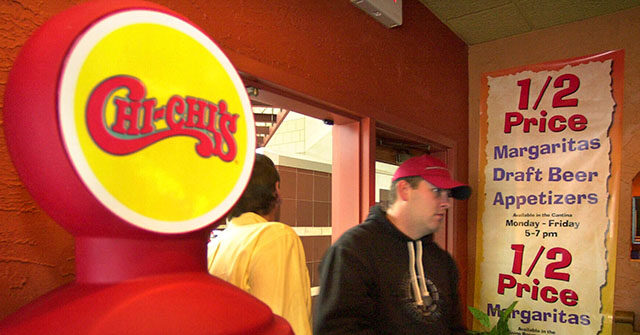In a nostalgic twist, the Minnesota-based Mexican restaurant chain Chi-Chi’s is set to make a comeback in 2025, 20 years after it was forced to close its doors for good. The chain’s original co-founders, Marno McDermott and former Green Bay Packers player Max McGee, established Chi-Chi’s in 1975, and it quickly expanded to over 200 locations across the United States. However, the closure in 2004 was precipitated by a major health crisis—a hepatitis A outbreak linked to contaminated green onions used in the restaurant’s complimentary salsa. The outbreak not only sickened around 650 individuals but also resulted in four tragic deaths and led to a slew of lawsuits, making it the most significant hepatitis A incident in U.S. history. This event catalyzed nationwide reforms in food safety regulations, forever changing the landscape of the food industry.
The resurgence of Chi-Chi’s is particularly notable as it is being spearheaded by Michael McDermott, the son of co-founder Marno McDermott. Reflecting on his familial ties to the brand, Michael expressed sentimental fondness for his experiences within the Chi-Chi’s restaurants over the years. He highlighted how the passion and determination observed in his father’s entrepreneurial journey inspired him to pursue his own career in the food service industry. As McDermott steps into this venture, it raises questions about how to rekindle the spirit of Chi-Chi’s while addressing the challenges of contemporary food service operations.
Despite its long absence, the Chi-Chi’s brand has not entirely faded from public memory. Hormel Foods, the trademark holder for Chi-Chi’s, continues to keep the brand alive through the sale of various products, including salsa and tortillas, marketed in grocery stores. However, specifics regarding the reopening locations and the number of restaurants that will operate remain undisclosed. This transitional phase also poses a challenge in terms of brand recognition and consumer engagement, given the shifts in dining trends and consumer preferences over the last two decades.
As the dining landscape continuously evolves, based on a report by CNN, the revival of Chi-Chi’s comes at a time when some restaurant chains are experiencing financial success while others are navigating the murky waters of bankruptcy. Market analyst R.J. Hottovy highlights that nostalgia is becoming increasingly influential in driving customer activity within the restaurant sector. Nostalgic dining experiences resonate deeply with consumers, encouraging them to revisit beloved brands from their past in search of comfort and familiarity. This trend reflects a broader cultural shift where emotional connections to dining experiences are prioritized, suggesting that returning to nostalgia-laden brands can be a successful strategy for drawing patrons back to restaurants.
Hottovy elaborated on strategies for achieving a successful brand revival, indicating a dual approach that includes reintroducing classic menu items beloved by customers and offering exclusive collector’s items or promotional deals. He noted that these tactics have garnered positive responses in other restaurant revivals and could serve as effective routes for Chi-Chi’s as it positions itself back in the market. A well-crafted return with a blend of nostalgia and modern dining preferences could present Chi-Chi’s with a favorable opportunity to reconnect with its audience while navigating the complexities of today’s restaurant environment.
With the anticipated reopening slated for 2025, Chi-Chi’s has the opportunity to capitalize on its storied history while reinventing itself for a new generation of diners. As they prepare for their second act, the legacy of Chi-Chi’s will not be solely tied to its menu, but rather to the emotional experience it elicits in its patrons. Through thoughtful navigation of modern challenges coupled with an appeal to nostalgia, Chi-Chi’s might just reclaim its rightful place in the hearts—and appetites—of American diners.

